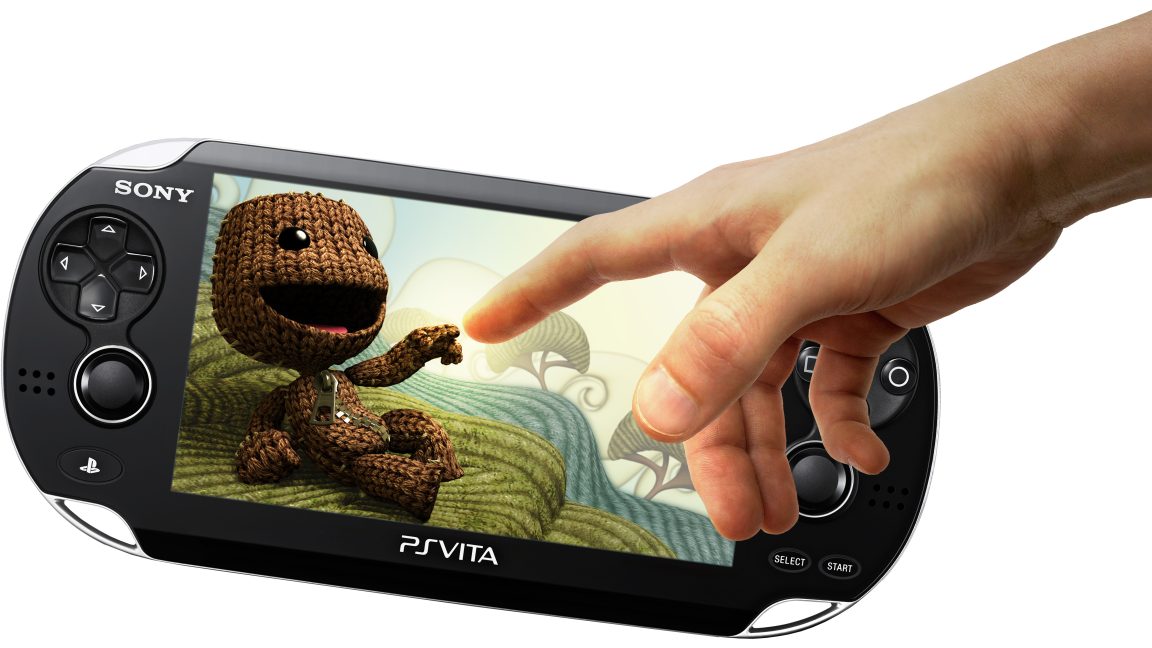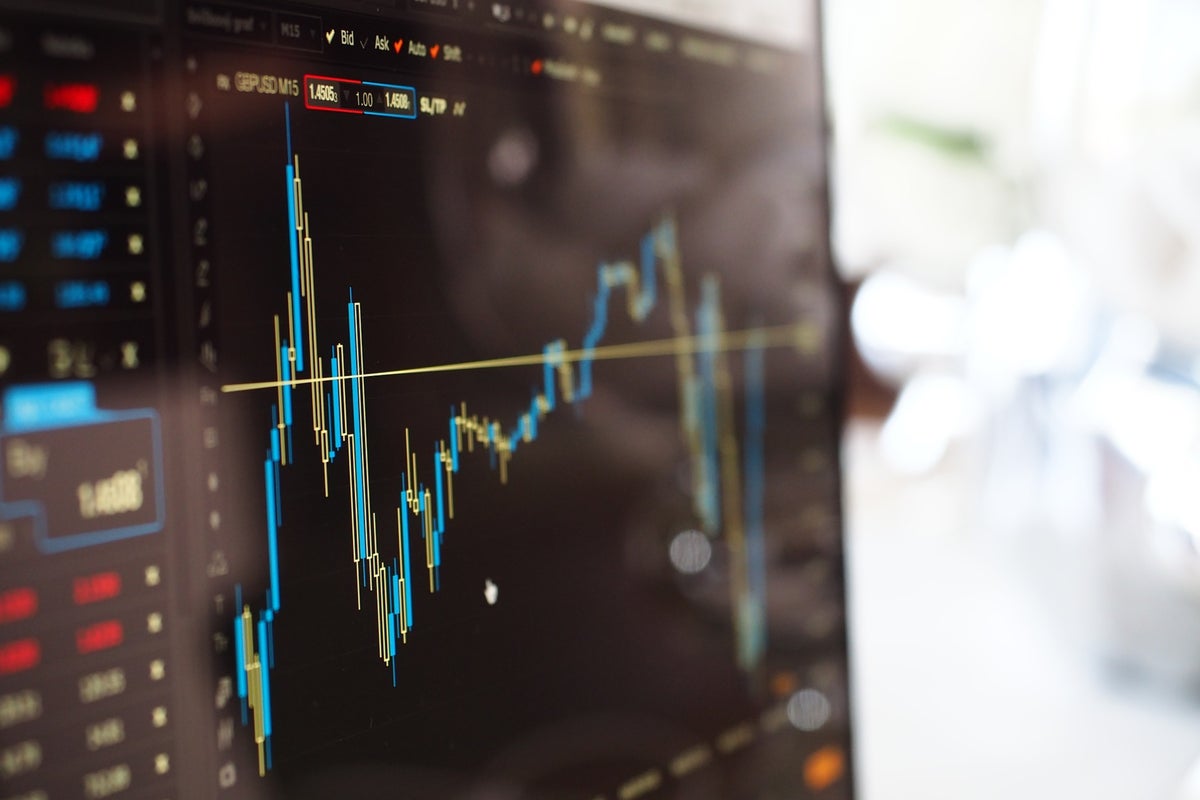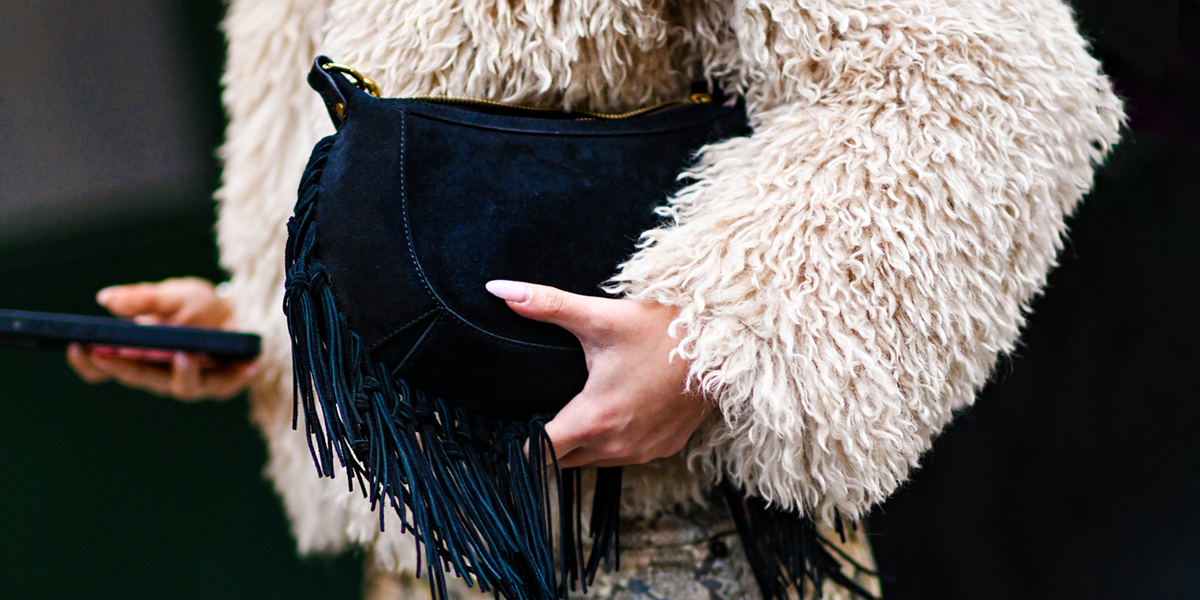Bussiness
The Business of Beauty Global Forum: Our Place in Culture

Culture today is diverse, interconnected and fast moving, and the beauty industry touches every aspect of it.
“As the beauty industry has grown to more people and sectors, our definition of beauty has expanded with it,” said Priya Rao, executive editor of the Business of Beauty. “More than ever, we must be mindful to make space for one another.”
At The Business of Fashion’s second The Business of Beauty Global Forum at Stanly Ranch in Napa Valley, California, speakers from across the industry explored the unique challenges and opportunities the beauty industry is facing today, from how best to collaborate with Gen-Z influencers to exploring emerging markets.
During the first session, speakers including content creators Dylan Mulvaney, Katie Fang and Steph Hui; Shiseido chief digital officer Angelica Munson and Sisley Paris global vice president Christine d’Ornano took to the stage to unpack how culture is shaping beauty — and vice versa.
AI can be a tool for understanding how beauty trends manifest and resonate in different geographies
In the internet age, beauty has become borderless: it transcends geographies, age and gender.
“For decades beauty was about making people look good. Today beauty is being shaped by an array of products, trends and values, and it’s being reshaped at lightning speed,” said Rahul Malik, BoF’s chief growth officer and head of BoF Insights.
Keeping track of the fast-paced and ever-changing trends that drive the industry is more challenging than ever. Now, brands can’t just identify trends, they need to understand how their nuances apply to different audiences.
Artificial intelligence can be harnessed to help brands understand the multitude of ways customers talk about, understand and interact with trends online. By analysing social posts across the world, Quilt.AI found the “Mob Wife” trend, which has its roots in a very specific Italian culture present in the east coast of the US, resonates strongly in Italy, Japan and Mexico — but with different characteristics. In Italy, the trend is fuelled by a sense of nostalgia; in Japan, creators lead with the idea of play and creativity; while in Mexico, content contains references to specific Mexican actors.
“The marketing messages we put out in the world, reach everyone, no matter who they’re intended for,” said Malik.
Gen-Z will say what’s on their mind when it comes to beauty
Gen-Z beauty influencers Katie Fang (age 18) and Steph Hui (age 24) both found audiences on TikTok by accident. Hui got her start during Covid making videos for fun after graduating from film school, while Fang first went viral when she posted a TikTok video crying while putting on makeup before work. Now, they have 7 million followers on TikTok between them and have worked with brands including Kosas, Fenty Beauty, Mac, Fenty Beauty and Glow Recipe.
The two represent a new guard of beauty tastemakers — and they know what this new generation of consumers want from the industry: authenticity and transparency.
“Gen Z, is a tough audience, we don’t let anything slip if something’s wrong,” said Hui. “We will call it out, whether that be product shade range, or a brand’s lack of inclusivity. We really know how to use our voice to speak up.”
In working with influencers, that trusting a creator’s vision and giving them the freedom to decide how they speak to their audiences.
“If it doesn’t feel authentic to you, then your audience will definitely be able to tell it’s not authentic,” said Fang.
Asian innovation is shaping global beauty
Countries like South Korea and Japan have long been a hotbed of beauty innovation, bringing exciting new ingredients and products to market. Executives from two of the region’s biggest players— South Korean skincare label Laneige and Japanese beauty company Shiseido — took to the Global Forum stage to share the key trends they’re focussed on right now.
Amid a wider emphasis on wellness across the beauty sector, both companies are promoting the idea of beauty from the inside out. As well, with greater access to data and demand from more educated and savvy consumers, the labels are working to develop more personalised products, services and technologies.
“We have so much data on people across the globe, it’s about how you analyse that data and get those insights for product development, for marketing, for the type of influencers you start working with,” Angelica Munson, chief digital officer of Shiseido.
K-Beauty’s first global wave in the 2010s was characterised by an obsession with an exhaustive multi-step skincare routine, excitement around new ingredients and fun packaging. Now — fuelled by the rise of K-Pop — Korean culture is once again at the forefront of global conversation, creating new opportunities for marketing products, said Yoon Sung Choi, chief marketing officer of Laneige.
Africa is primed for a beauty boom
The African continent represents a huge opportunity for beauty brands. It contains some of the world’s fastest growing economies and a rising middle class. But it’s also a complex market. Containing 54 countries where more than 3,000 languages are spoken, Africa is not a monolith. As such, a one-size fits all approach to the continent won’t work. Understanding how to best operate takes patience and a willingness to understand the diverse cultures, customs and traditions present in different communities.
“The brands that come with the intention of building the market with local partners, those brands do really well,” said Dr. Joyce Gikunda, co-founder and director of Lintons Beauty World, a leading beauty retailer in East Africa.
Getting footing will take time, dedication and attention to detail. But, for the brands that are willing to commit, the payoff will be big.
“This is the next consumer opportunity. Africa is iconic, we have the potential to transform creativity into an economic reality. What we need is more investors to take a long term bet on the African economic and financial opportunity,” said Laureen Kouassi-Olsson, founder and chief executive of Birimian Ventures, which invests in African brands.
To build a company that lasts generations, innovate constantly
Creating a breakout beauty brand is a huge challenge in and of itself, but building a brand lasts is even tougher — particularly when it comes to finding a balance between preserving heritage and pushing into the future.
It’s a challenge that Christine d’Ornano, global vice president of Sisley Paris, knows well. The daughter of Sisley founders Isabelle and Hubert d’Ornano, said that the independently-owned and family-run label has done so by retaining a strong sense of identity, but also prioritising research and development.
“You have a reputation, which is very important, you want to keep that reputation. But at the same time, you need to stay relevant,” said Christine d’Ornano, co-owner of Sisley Paris and daughter of founders Isabelle and Hubert d’Ornano.
Sisley consistently invests big into its laboratories and works closely with its scientists. It first entered the now-booming hair care segment after its scientists pointed out that its skincare innovations could be applied to hair and the scalp, for example. In March, it launched Neuraé, a neuroscience-based line which draws inspiration from the connection between the mind and skin — which is seen when someone blushes in embarrassment, or has flare-ups of redness during periods of stress.
Inclusivity goes beyond just tapping diverse talent
In a polarised and politically-charged world, inclusion is increasingly imperative for the beauty industry. But oftentimes when it comes to brand partnerships and working with diverse talent, there’s a gap between intention and action.
When working with diverse talent, there are a few things brands should do up front, said Dylan Mulvaney, actress, comic and content creator who gained a following while documenting her transition on TikTok. Brands should be transparent about the values of the company and the specific goals of a campaign, said Mulvaney, adding that they should also work to understand how comfortable talent is in talking about identity, versus what feels exploitative.
In 2023, Mulvaney found herself at the centre of the culture war after posting about a free product she received from Bud Light, which led to conservative backlash. She said the experience made her more cautious about the brands she collaborates with and why— but it also showed her the power of advertising in creating and changing culture.
“We need to be willing to get messy, and I think we need to be willing to ask the hard questions,” she said. “I know a lot of my counterparts are very comfortable getting messy, getting in the mud, answering the hard questions and brands are just really scared to do it right now.”









